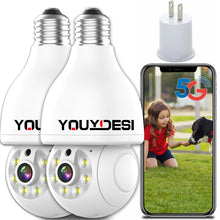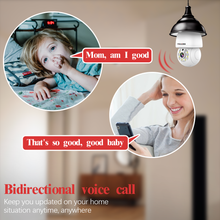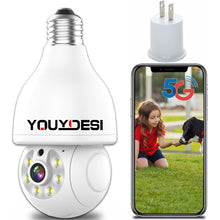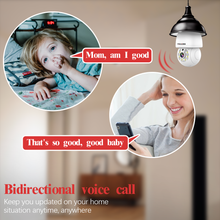2. The second critical aspect in the surveillance equipment installation process involves determining how many cameras you need and specifying their monitoring area and image quality. Start by deciding the number of cameras required and then outline the lens specifications and the area to be monitored for each camera. It's essential to have a clear understanding of the distance between the camera and the monitoring point, along with the area you intend to cover. As for image quality, it should be determined based on the specific needs of each surveillance project. Typically, 420-480 TVL surveillance cameras suffice for standard requirements.
3. Night vision capability is the third factor to consider. If your surveillance equipment will be placed in areas with low light conditions, such as hallways, corridors, entryways, or storage rooms, it's advisable to contemplate cameras equipped with infrared night vision functionality. Nonetheless, please bear in mind that unless they are specialized for night vision or customized, infrared cameras require some ambient lighting to function optimally. In the absence of proper lighting, the effective infrared distance may be considerably reduced. For example, in open spaces like gardens or lawns, the effectiveness of infrared can be compromised.
4. The choice between direct wiring and wireless transmission for installation is the fourth decision you'll need to make. Despite the higher cost, wireless networks indeed eliminate many installation hassles and enhance aesthetics. Nevertheless, you should exercise caution regarding distance and potential obstructions. In principle, wireless transmission distances are shortened when using cement-based construction materials, and metal materials can completely obstruct wireless signals. To prevent interference, it's advisable to keep transmitters (located at the camera end) and receivers (situated at the primary host end) away from other electronic devices. Opting for a wireless network will require you to budget for a cost that's more than twice that of wired surveillance equipment. We recommend wired transmission for installation unless there's a compelling reason to choose wireless.
5. Lastly, you'll need to decide whether you require network functionality when setting up your surveillance system. This decision revolves around whether you want to monitor and control your surveillance site via the internet at any time. To enable this capability, you should select a surveillance host equipped with network features. Be sure not to complete the installation only to realize that it lacks network transmission functionality.










